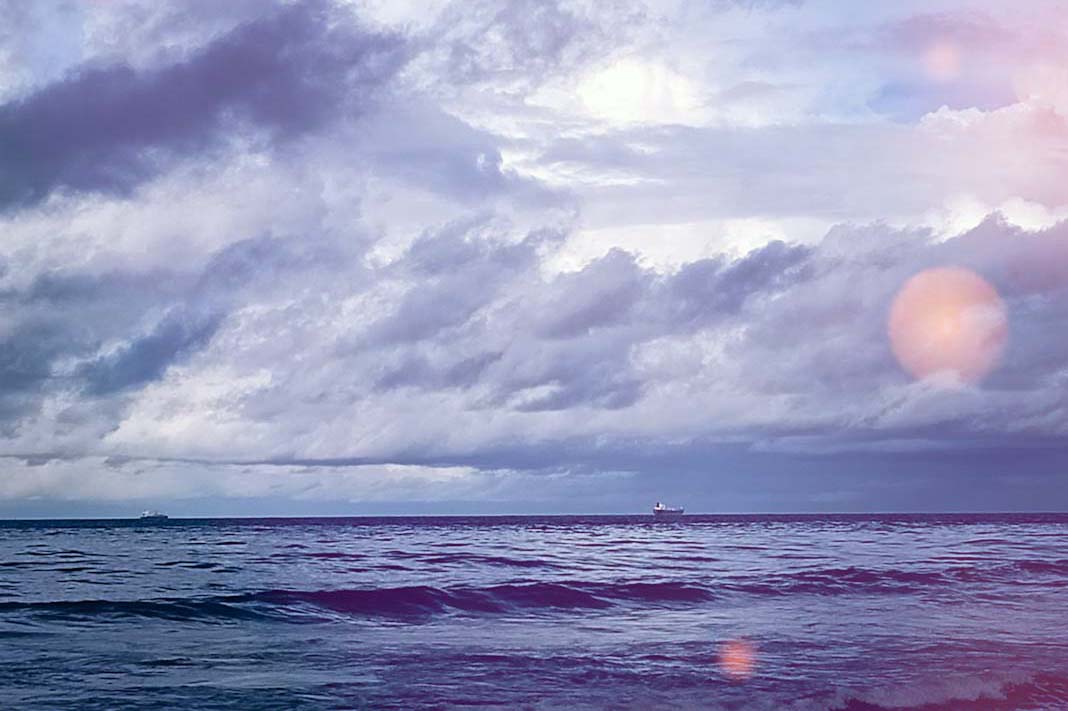- Mitsubishi Shipbuilding launched HAMANASU, the second large car ferry built for Shinnihonkai Ferry and JRTT.
- The vessel features a buttock-flow stern hull, ducktail design, and KATANA BOW, achieving around 5% energy savings.
- The ferry’s advanced roll-damping system enhances stability and fuel efficiency.
- Scheduled for handover in June 2026, HAMANASU will operate between Otaru and Maizuru, supporting Japan’s modal shift toward eco-friendly sea transport.
Mitsubishi Shipbuilding Co., Ltd., a part of Mitsubishi Heavy Industries (MHI) Group, has launched the HAMANASU, the second of two large car ferries ordered by Shinnihonkai Ferry Co., Ltd. and the Japan Railway Construction, Transport and Technology Agency (JRTT). The vessel, set to operate between Otaru and Maizuru from June 2026, features advanced energy-saving designs that enhance operational efficiency and environmental performance. The announcement was made in a recent report by Mitsubishi Heavy Industries.
The newly launched HAMANASU marks a significant step in Japan’s shift toward sustainable maritime transport. Built at Mitsubishi’s Enoura Plant in Yamaguchi Prefecture, the ferry incorporates a buttock-flow stern hull and ducktail design—technologies that reduce propulsion resistance and achieve up to 5% energy savings compared to conventional ships. It also includes the KATANA BOW and an advanced roll-damping system combining an anti-rolling tank with fin stabilizers for enhanced stability and fuel efficiency. Following sea trials and outfitting, the vessel is scheduled for delivery in June 2026. As Japan continues promoting sea transport to cut CO₂ emissions and address land transport labor shortages, Mitsubishi Shipbuilding remains committed to developing eco-efficient ferries that ensure stable operations and environmental protection.
Did you subscribe to our Daily newsletter?
It’s Free! Click here to Subscribe!
Source: MITSUBISHI HEAVY INDUSTRIES

















